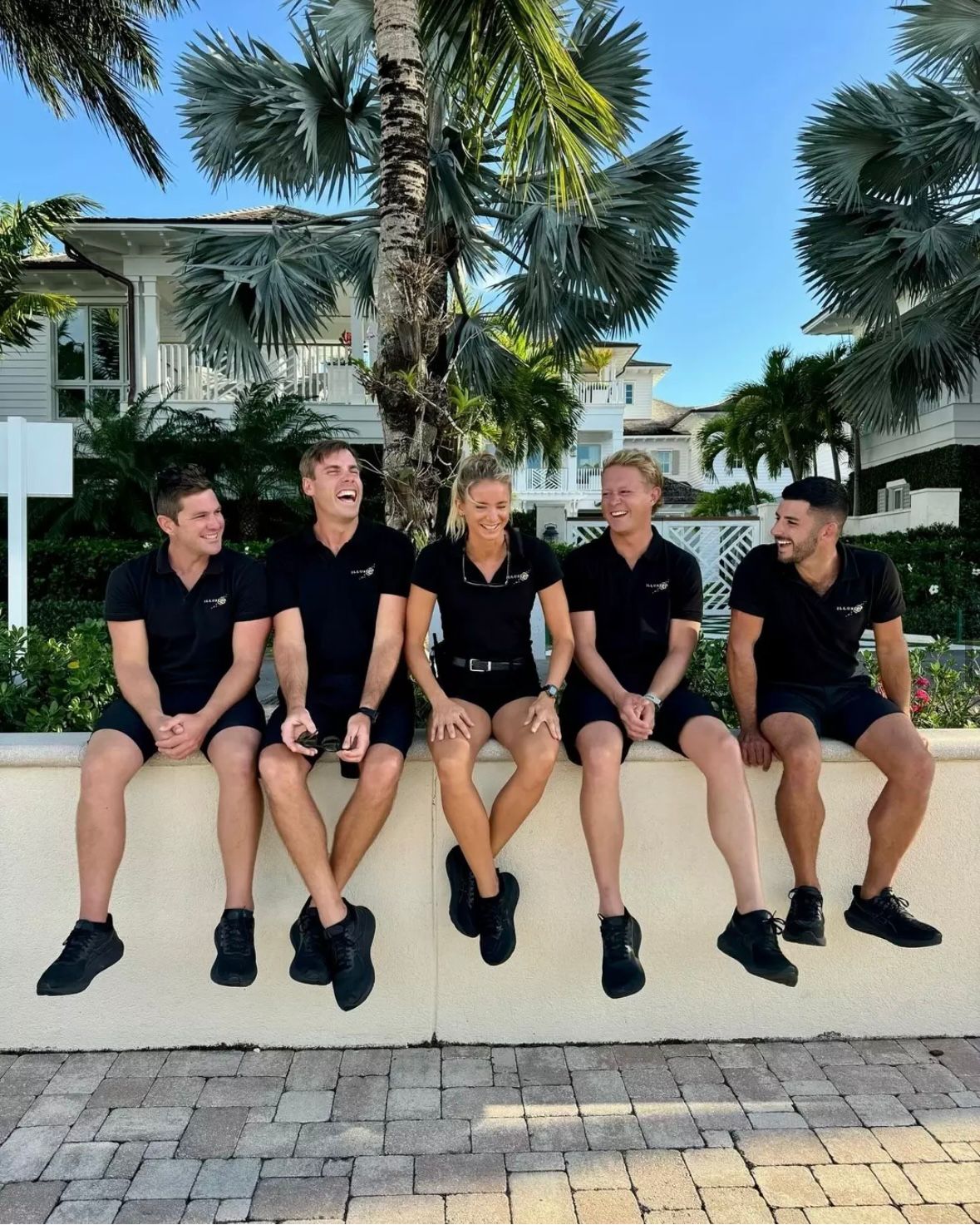One-of-a-kind insights from Quay Crew, the specialist yacht recruitment division of Quay Group, sheds light onto junior crew turnover onboard.
The Junior Crew Recruitment and Retention Report, based on survey results from 100 Captains on superyachts between 39 m and 120 m+, uncovers trends that every yacht should be aware of, from rising turnover rates to the factors driving talented junior crew away.
The numbers
The average turnover of junior crew annually onboard a yacht is 37%. This rises to as much as 48% on yachts over 100m.
Almost two-fifths (38%) of yachts have experienced more than a 40% turnover and for 14% of the yachts, junior crew turnover has been 70% or higher.
Approximately 72% of junior crew last less than 18 months onboard; anecdotally, we believe this number is higher in reality.
What’s driving junior crew away?
Contrary to what financial logic might suggest, reducing crew turnover isn’t just about money. Even with some charter crew taking home very significant tips, many still choose to leave – often citing burnout or the need for extended time off or more simply, they want to enjoy their money!
Interestingly, yachts with that generate the highest tips also see some of the highest churn. The full report digs deeper into this pattern and its impact across different yacht sizes and programs.
Leave that actually works
One finding is clear: leave packages are key when it comes to junior crew retention. Yachts that have introduced more generous leave packages over the past two years are seeing measurable improvements.
As Tim Clarke, Director at Quay Group, explains:
“Incremental improvements, like moving from 45 to 60 days of leave, don’t make a real difference. But a genuine 3:1 leave pattern does have a real impact on crew longevity.”
Though, the report highlights that leave is only one element of a package for crew and other factors such as onboard culture and crew downtime come into play. Request the full report to explore which leave structures are proving most effective, and how some yachts are leading the way in retention success.
A new crew mindset
Today’s junior crew often approach yachting differently. For many, it’s not a lifelong career but a way to fund a lifestyle — with social media, adventure, and flexibility driving their decisions.
As Caroline Clarke-Jack, Director and Interior Consultant at Quay Group, explains:
“Yachting has evolved from being a lifestyle job to being a job that supports a lifestyle. This shift means yachts need to adapt if they want to attract and retain quality junior crew.”
Full retention strategy needed
Leave may lead the conversation, but the data shows there’s no single fix. Other critical factors include:
- Competitive salary and benefits
- A strong onboard culture and mental health support
- Clear progression pathways and structured training opportunities
The full report also delves into how these factors rank and how they vary by yacht size and operation type.
What yachts can do NOW
It’s time to rethink junior crew retention. By investing in thoughtful rotation schedules, professional development, and a supportive onboard environment, yachts can create a workplace where crew want to stay. This is turn helps to reduce costly recruitment processes and preserves onboard expertise.
About the research
The Junior Crew Recruitment and Retention Report draws on survey data from 100 superyacht Captains, representing private, charter, and mixed-use programs.
Junior crew are defined as those with under three years’ experience and no leadership responsibilities in either deck or interior roles.
For a deeper dive, including detailed turnover stats, leave package comparisons, salary benchmarks, and Captain insights, request the full report via the form below or email marketing@quaygroup.com.
Image Credit: @wes_yachting on Instagram.





